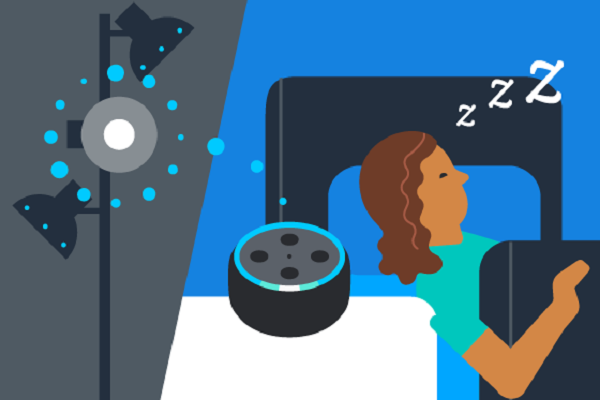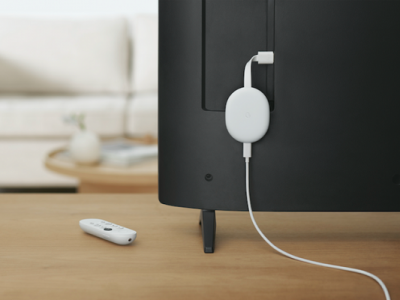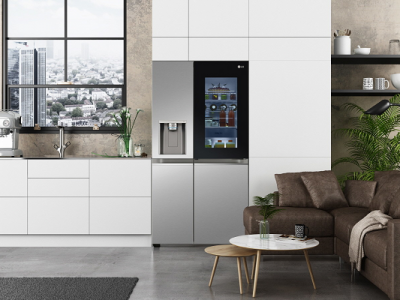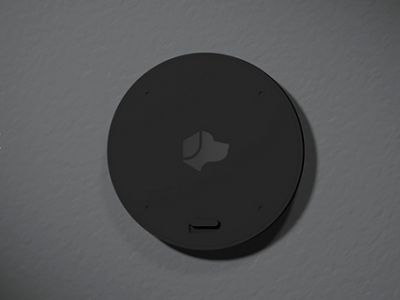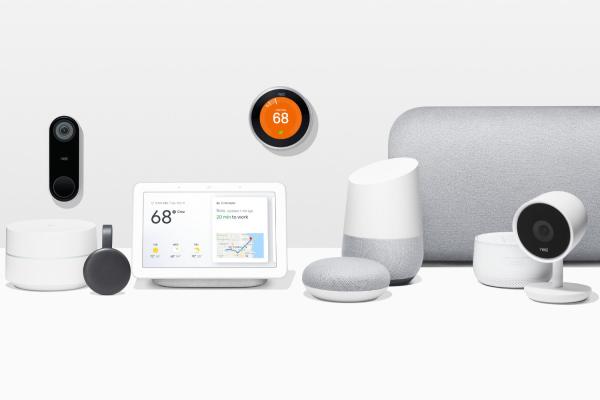

Google has created a brand new feature to enhance Google Assistant’s response time by removing unused devices linked to a merchant account. The choice on the Google Home app has been quietly spreading as a means for cleaning up an account’s device list, as first shared on Twitter by Android analyst Mishaal Rahma.
Google Assistant Speed
As Google Assistant users upgrade and expand their ecosystem of devices and fasten these to their Google account, their email list of potential sources for that voice assistant can become unwieldy. A big enough list could even perceptibly slow how quickly the voice assistant responds to some request because of the have to evaluate all of the connected devices. The new feature lets users remove unused devices from that list to lighten the load around the AI. Unused in this instance describes devices which have not been activated in a minimum of 3 months. The feature is not universal yet but could be looked into for on the Google Home app by tapping the profile avatar, opening Assistant settings, after which tapping Devices to determine their email list of connected devices. At the bottom from the list would be the choice to show the devices that haven’t been activated in a while, which can then be selected individually or like a group and taken off the list.
Evolving Smart Homes
Google Assistant should become a tiny bit faster if the list is long enough and lots of hardware is removed in the list, according to Google. Deleted devices will be factory reset by the process, too, should they occur to power on again. That’s an advantage Google might be eager to tout his or her smart ecosystem grows more complex and developers boost the software integrating available devices. A few of the additional features for developers unveiled last year might significantly benefit from a cleaned-up device list.
For instance, the Capabilities API, which lets developers support more frequently invoked tasks by defining the intent using a catalog published by Google, is dependant on rapid response to frequently invoked commands. Once in place, users can activate an Android app by voice and have it immediately dive into a particular activity. Someone with the Snapchat app on Android could ask Google Assistant to transmit a pic with a defined filter, and the app would open, pull up the filter, have a picture, and send it along all-in-one go. The same goes for google's Shortcuts Integration library, which picks out shortcuts in the Shortcuts Jetpack Module and sets them up for voice commands. The actual question is how noticeable the sped-up Google Assistant is going to be and if it'll affect when and how people invoke the voice assistant.




